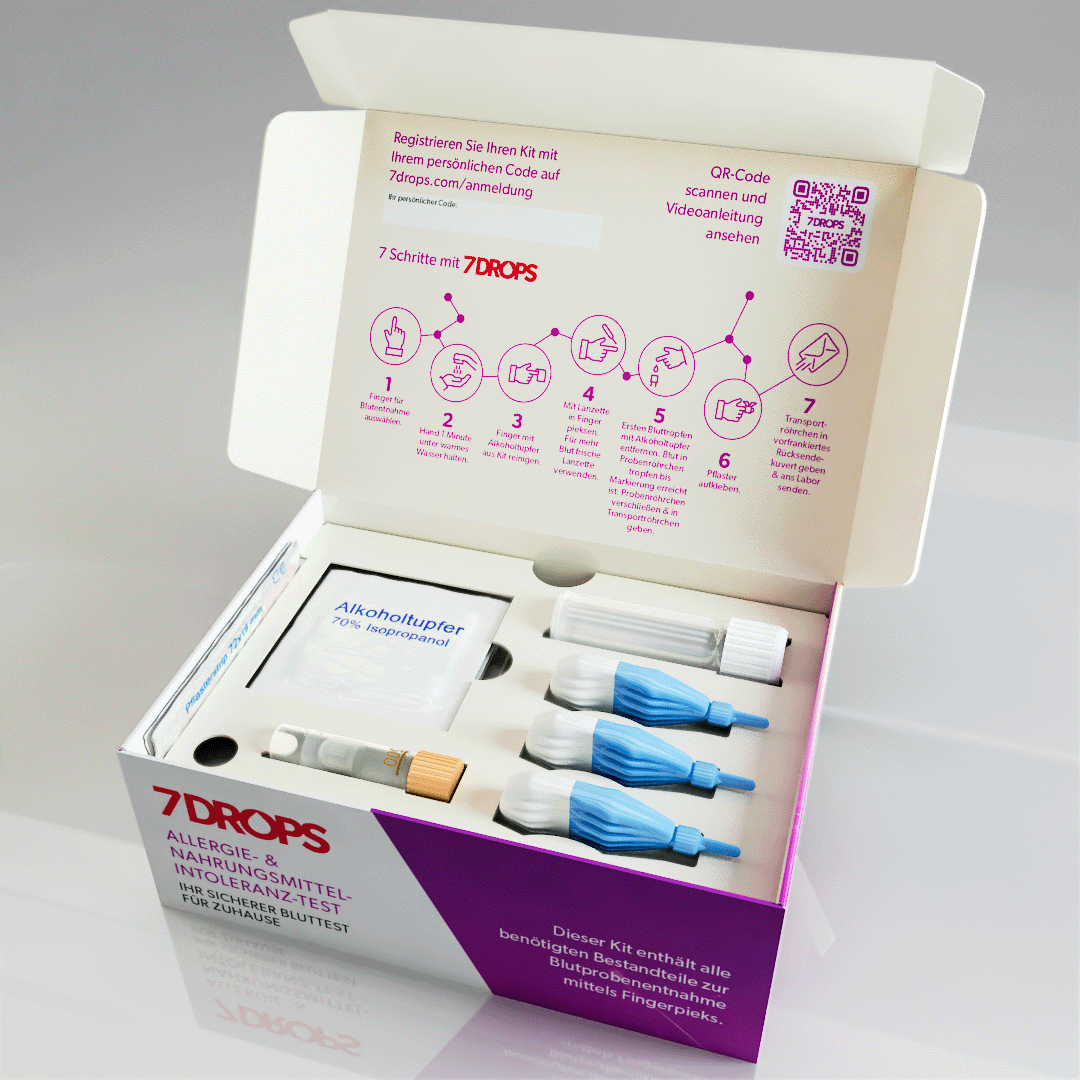The 7 most popular allergy myths
1. Allergies only develop during childhood
Many people believe that allergies only develop during infancy or childhood, but that is incorrect. Even if you have already reached adulthood, you can still develop new allergies. Studies have shown nearly half of all adults suffering from a food allergy developed this allergy in their adulthood, particularly in their twenties and thirties.
2. You should only take allergy medication after you have symptoms
A very common misconception is that people should only take allergy medication like antihistamines when they experience seasonal allergy symptoms. Experts advise patients to start taking their prescribed medication before allergy season starts. Allergy medication works by blocking the release of chemicals in the immune system that trigger allergic reactions (e.g., a runny or blocked nose, itchy and red eyes). A patient taking their medication about two weeks before the main pollen season sets in can prevent or at least reduce the severity of symptoms dramatically.
3. Colds and allergies are hard to tell apart
Yes, colds and allergies share some similarities in symptoms, for example a runny nose or congestion. But they are not as hard to tell apart as you might think: a common cold usually lasts a week to ten days, but allergy symptoms usually persist over several weeks or months. If you feel “under the weather” for an extensive stretch of time, you probably don’t have a cold, but suffer from allergies.
4. You cannot have allergy symptoms in winter
It is true that compared to the warmer seasons, winter is usually a better time for pollen allergy patients. But just because trees, grasses, and weeds are not blooming and distributing pollen, does not mean you cannot suffer from allergic reactions. Indoor allergens such as house dust mites and mold spores are present all year around. Sometimes, symptoms get even worse during the winter season because dusty holiday decorations and scented candles often trigger people’s allergies.
5. There are hypoallergenic cat and dog breeds
A lot of people mistakenly assume that even if you suffer from pet allergy, you still have the option to adopt a so-called hypoallergenic cat or dog. This is often based on the assumption that the length of a pet’s hair matters when it comes to the allergen level in a household – but that is not the case. There is no actual scientific evidence supporting the claim that hypoallergenic breeds exist. Cats and dogs produce multiple different proteins that can trigger allergic reactions, and these proteins are not only in the fur, but also in the dander, saliva, and urine of the animal.
6. There is no difference between food allergies and intolerances
The terms “food allergy” and “food intolerance” are often used interchangeably in everyday conversation, but they are not the same. A true food allergy is driven by the immune system and causes symptoms such as swelling, itching, hives, dizziness, and anaphylaxis (requiring the administration of epinephrine). As opposed to food allergies, a food intolerance does not have the potential to be life-threatening and refers to the inability to digest certain foods, and causes gastrointestinal symptoms such as nausea, stomach pain, bloating, vomiting, or diarrhea.
7. There is no long-term treatment for allergies
The best way to avoid allergy symptoms is to avoid triggers. Since that is not always possible, most patients think they just have to “deal with it” and use allergy medication like antihistamines and nasal sprays when it’s needed. However, there is another option offering long-term benefits: allergen-specific immunotherapy (AIT). AIT is a long-term solution that treats the root cause of the allergy to get rid of symptoms. If you are interested in trying this approach, consult your allergy specialist to find out whether you are a possible candidate for AIT.





